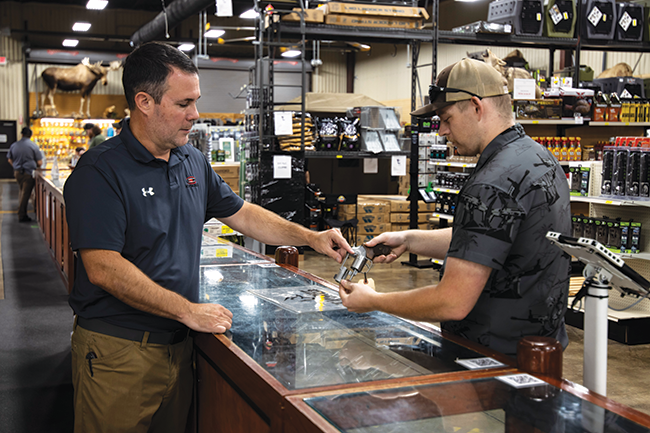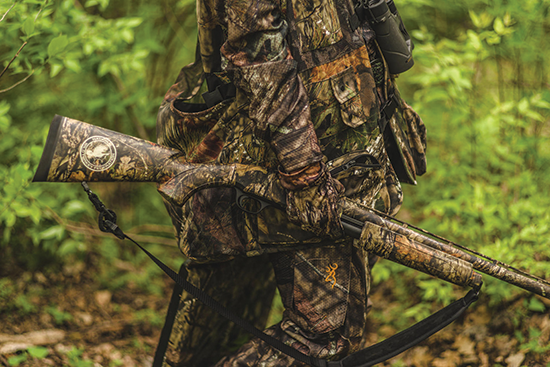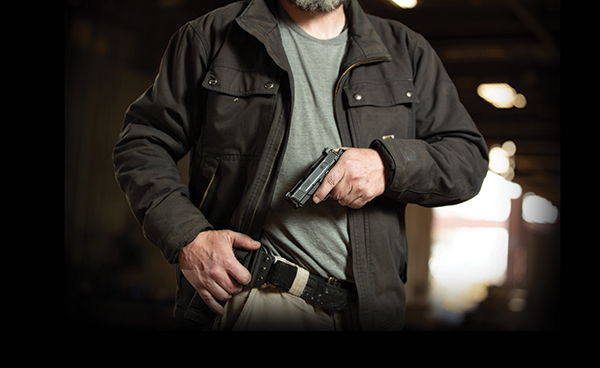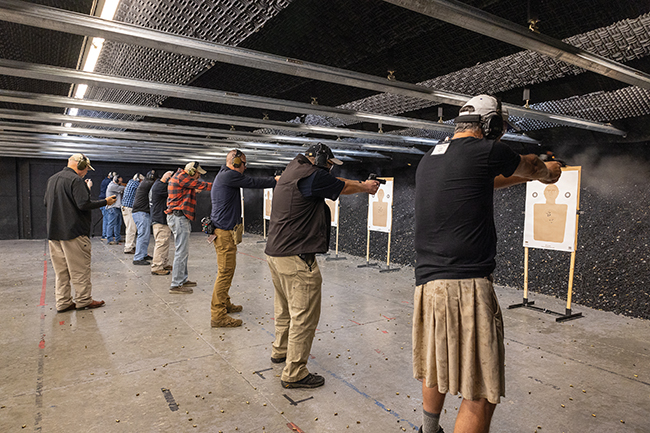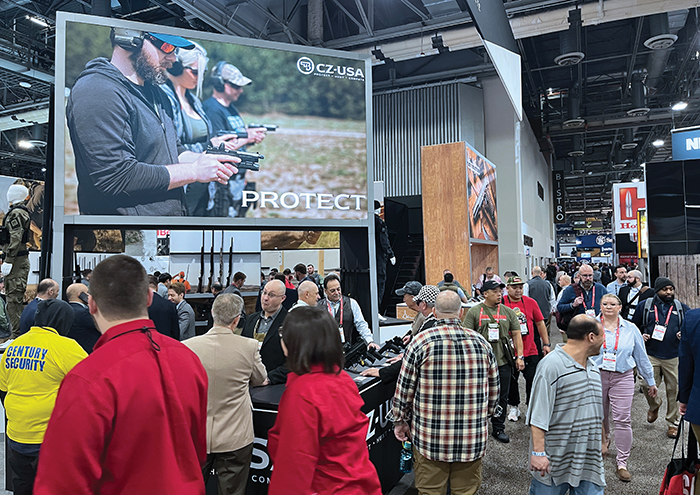Equipping The Independent
Storefront Dealer
For the past 70 years, storefront dealers have counted on Shooting Industry to deliver critical industry news updates, analysis on the latest trends and suggestions for welcoming new audiences. Here in 2025, SI is resolute in its support of the independent dealer as the industry adapts to the latest “new normal” and prevalence of online buying. Each issue is distributed to a retailer base three times more qualified and selected by their customers as the place to shop.
Advertising Benefits Include:
• Direct Engagement With Reputable Dealers
• Bonus Digital Version Online Circulation
• Go-To Industry Professional Resource

